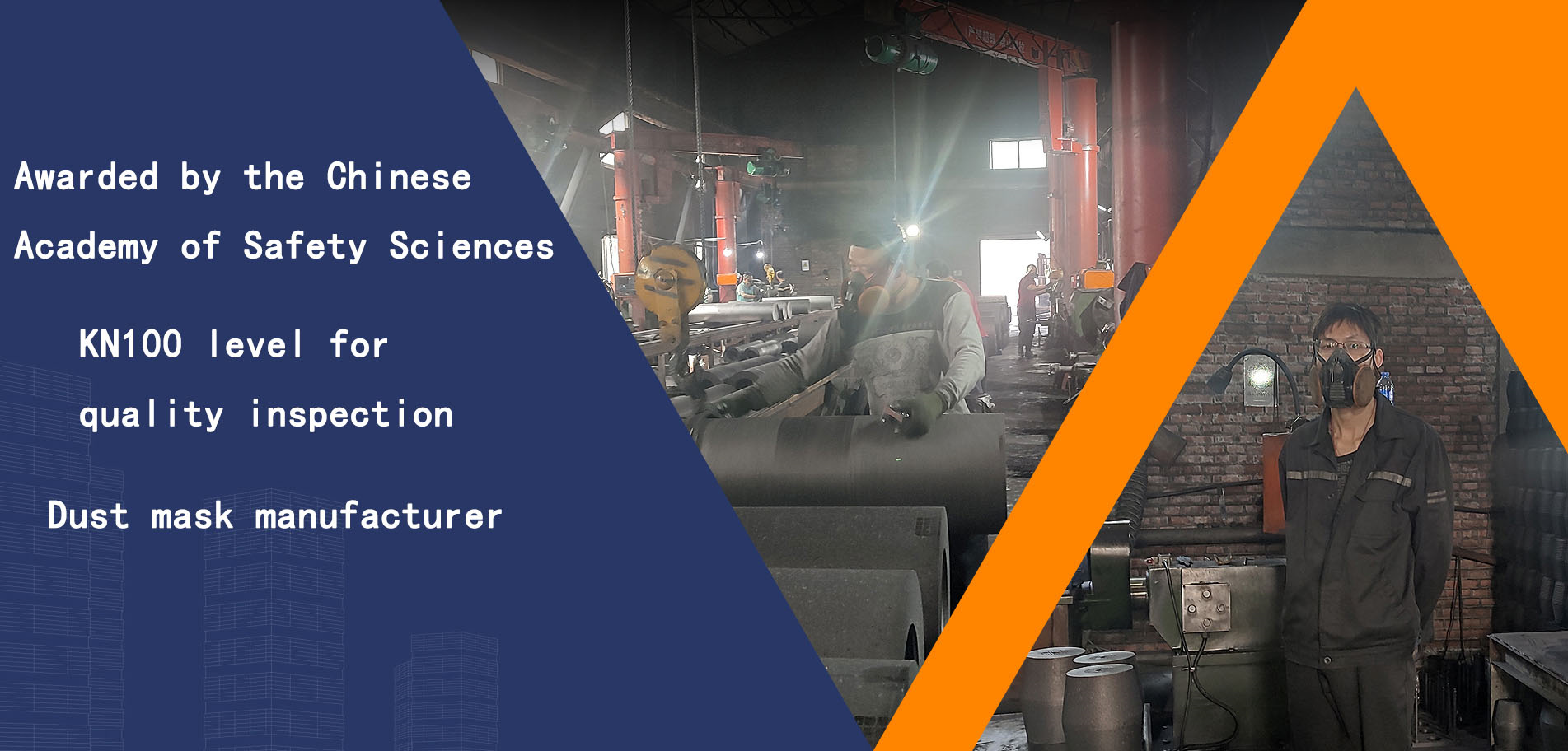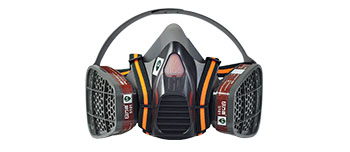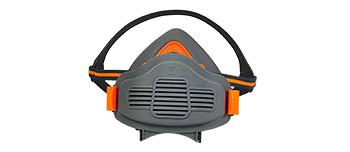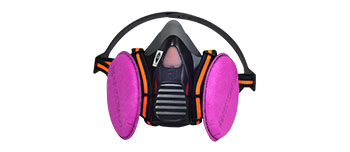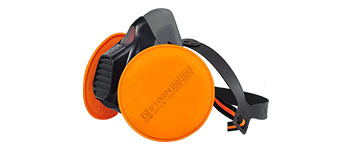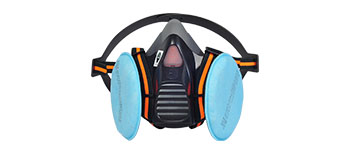Title: How TIG Welders Should Choose Protective Respirators
Tungsten Inert Gas (TIG) welding, recognized as a high-quality, slag-free welding process, is widely used in applications demanding the highest weld integrity. However, the hazards associated with this process are significant. Particularly, the high concentration of metal fume, along with potentially generated ozone (O₃) and nitrogen oxides (NOx), poses a serious threat to welders' respiratory systems. Therefore, selecting an appropriate protective respirator is paramount for safeguarding occupational health. This article will provide a scientific guide for TIG welders on choosing respirators, based on three aspects: hazard analysis, key protection metrics, and selection criteria.
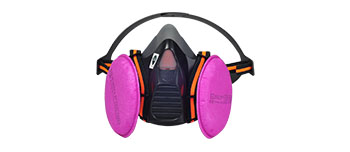
I. Identifying the Hazards: What harmful substances does TIG welding primarily produce?
Before selecting a respirator, it is essential first to understand what needs to be protected against:
Metal Fume: During welding, the filler metal and base metal (such as stainless steel, aluminum, copper) evaporate under high heat and oxidize upon condensation, forming extremely fine particulate matter (typically less than 1 micron). These fumes can penetrate deep into the lungs. Long-term inhalation may lead to "Metal Fume Fever," pneumoconiosis, and even increase the risk of cancer.
Ozone (O₃): The short-wave ultraviolet light produced by the TIG welding arc causes oxygen in the surrounding air to dissociate and combine into ozone. Ozone is a strong irritant to the respiratory tract, which can cause coughing, chest tightness, and in severe cases, pulmonary edema.
Nitrogen Oxides (NOx): The high temperature of the arc can cause nitrogen and oxygen in the air to react, forming nitrogen oxides, which are also corrosive and irritating to the lungs.
In summary, the respirator required for TIG welding must efficiently filter fine particulate matter (fume) while also providing effective protection against gaseous molecules (like ozone).
II. Core Metrics: Key Parameters for Protective Respirators
When faced with a wide array of protective equipment on the market, welders should focus on the following core metrics:
Filtration Rating – Look for KP100 or KN100:
The letter "K" indicates resistance to oily particulate matter (e.g., oily smoke), "P" indicates suitability for both oily and non-oily particulates, and "N" indicates suitability only for non-oily particulates. While TIG welding fume is non-oily, choosing the broader protection of KP or KN series is more prudent, considering potential oil mists in the work environment.
The number "100" represents a filtration efficiency of 99.97% or higher. Given the fineness of welding fume, KP100 or KN100 is the minimum standard for TIG welding protection. Lower ratings like N95 (95% filtration efficiency) are entirely insufficient for effective protection.
Protection Type – Powered Air Purifying vs. Passive Filtering:
Positive Pressure Design: The pressure inside the facepiece is higher than outside. Even with minor leaks, clean air flows outward, ensuring a high level of protection.
Ease of Breathing: Minimal breathing resistance is perceived, greatly reducing work fatigue and improving comfort and productivity.
Better Compatibility: PAPR headpieces or hoods often integrate well with welding helmets and safety glasses.
Passive Filtering Respirators (Half/Full Facepieces): These rely on the user's lung power to draw contaminated air through the filters. Advantages are light weight and low cost; disadvantages include breathing resistance, which can cause fatigue during prolonged use, and seal dependency on facial fit (facial hair can compromise the seal).
Powered Air-Purifying Respirators (PAPR): These use a battery-powered blower to actively and continuously draw ambient air through filters and deliver it into the facepiece. This is the highly recommended choice for TIG welders. Its advantages are significant:
Filter Type – Combination Cartridges are Key:
Particulate-only filters (like P100 filters) can only remove fume and offer no protection against gases like ozone.
It is essential to select combination cartridges (multi-gas cartridges), which consist of two parts: a high-efficiency particulate filter + a chemical filter layer for gases/vapors (typically containing an adsorbent like activated charcoal). These cartridges provide integrated protection against both particulates and hazardous gases.
III. Selection Criteria: How to Find the Right One for You
Based on the above analysis, TIG welders should follow these steps when selecting a respirator:
Prioritize Powered Air-Purifying Respirators (PAPR): If the work intensity is high, welding durations are long, or if the highest level of health protection is desired, investing in a quality PAPR system is the best choice. It provides the most comprehensive and comfortable protection.
If opting for a Half/Full Facepiece, ensure:
The filtration rating is KP100/KN100.
You use "multi-gas combination cartridges" specifically rated for welding fume and ozone. Carefully read the product specifications when purchasing to confirm the protected gas types include ozone (O₃).
You perform a fit test: The respirator must seal tightly to the face. Conduct a negative or positive pressure user seal check according to instructions upon initial use to ensure no leakage. Individuals with facial hair will find it difficult to achieve an effective seal and should consider using a PAPR.
Consider Comfort and Compatibility:
Weight and Material: Choose a respirator body that is lightweight and made of silicone (soft, durable, hypoallergenic).
Headband Design: Adjustable, wide headbands distribute pressure, offering more stable and comfortable wear.
Compatibility with Other PPE: Ensure the respirator does not interfere with the wearing of the welding helmet, and vice versa. Some well-designed PAPR systems can be integrated directly inside the welding helmet, offering unified protection.
 English
English
